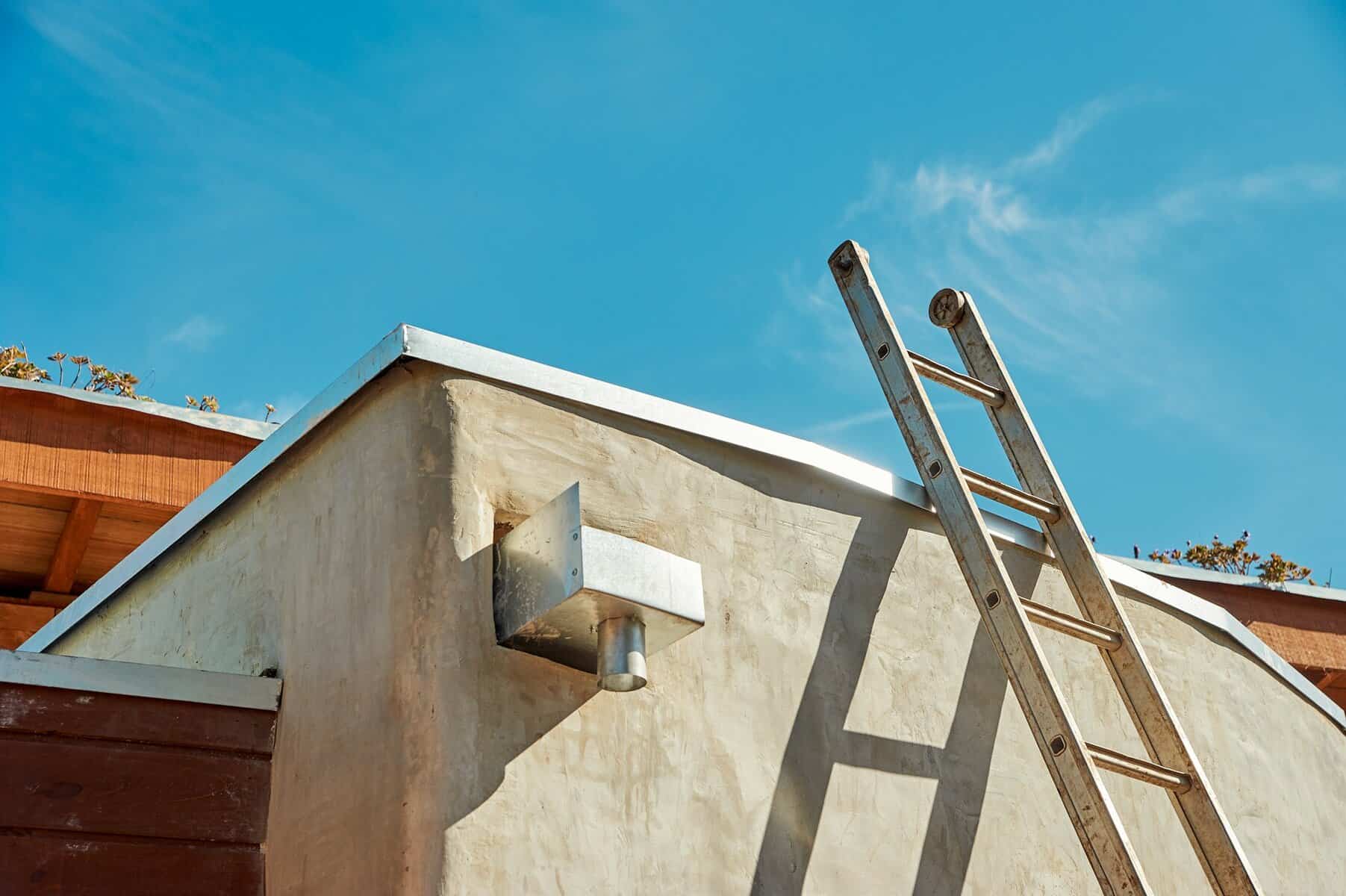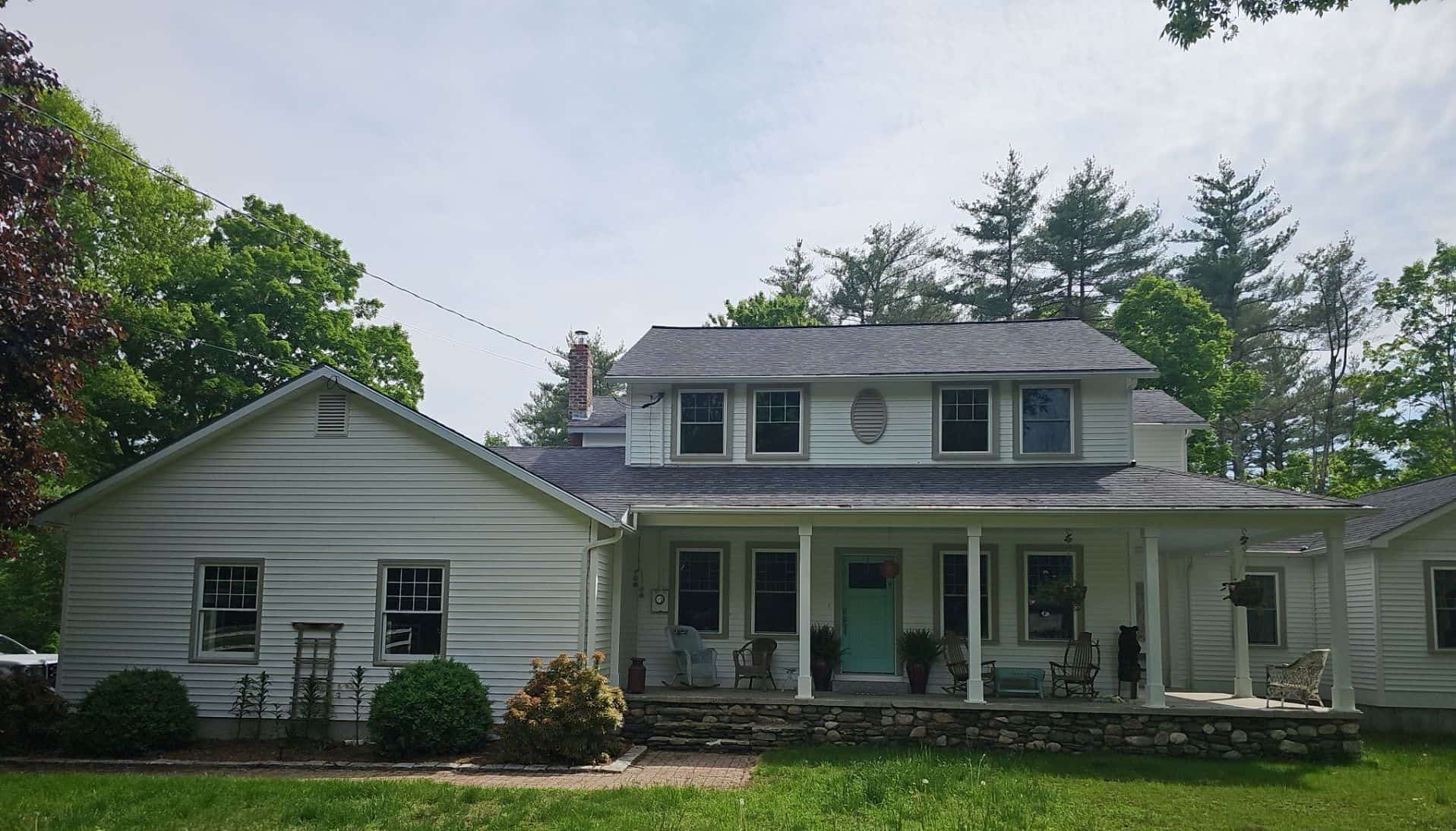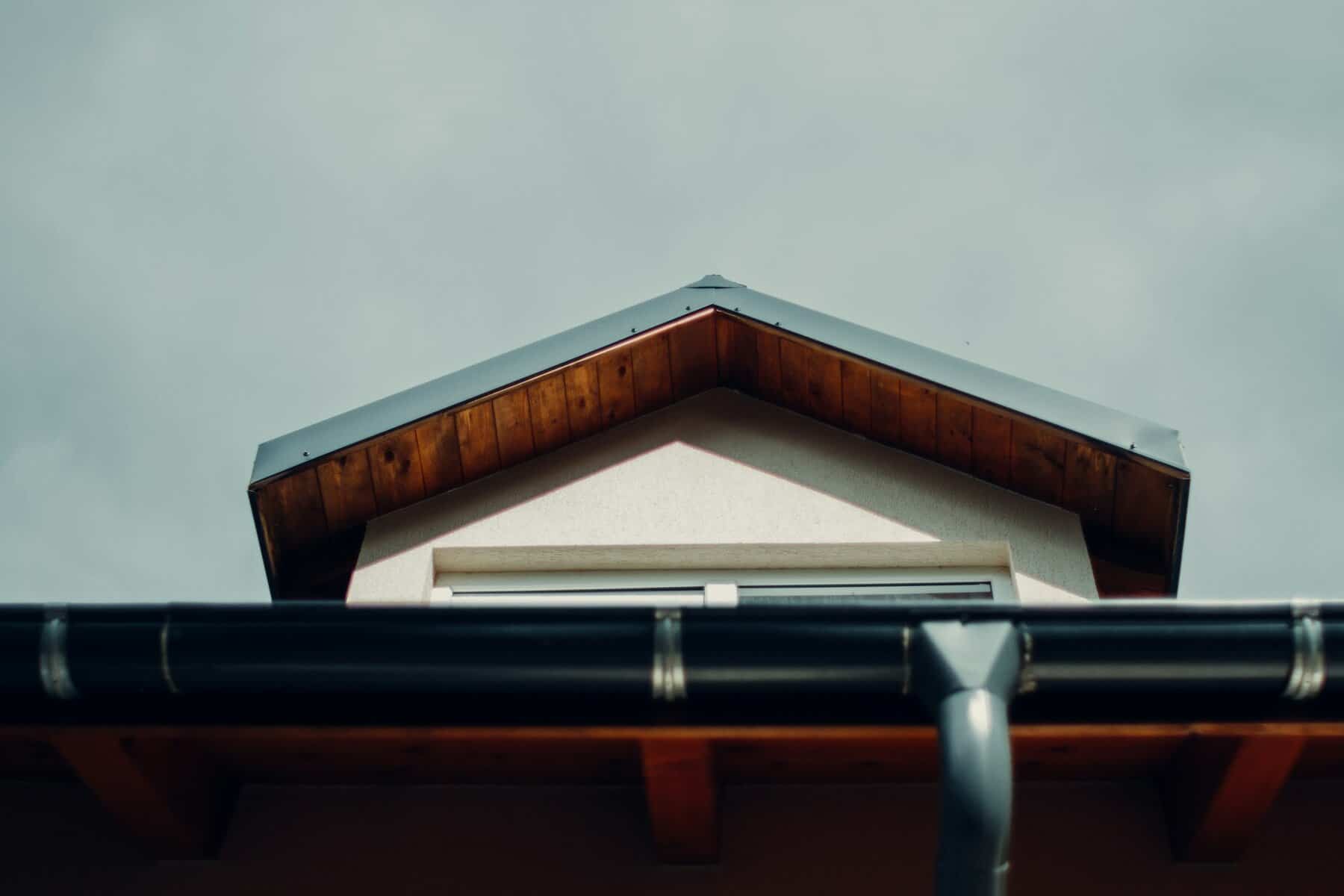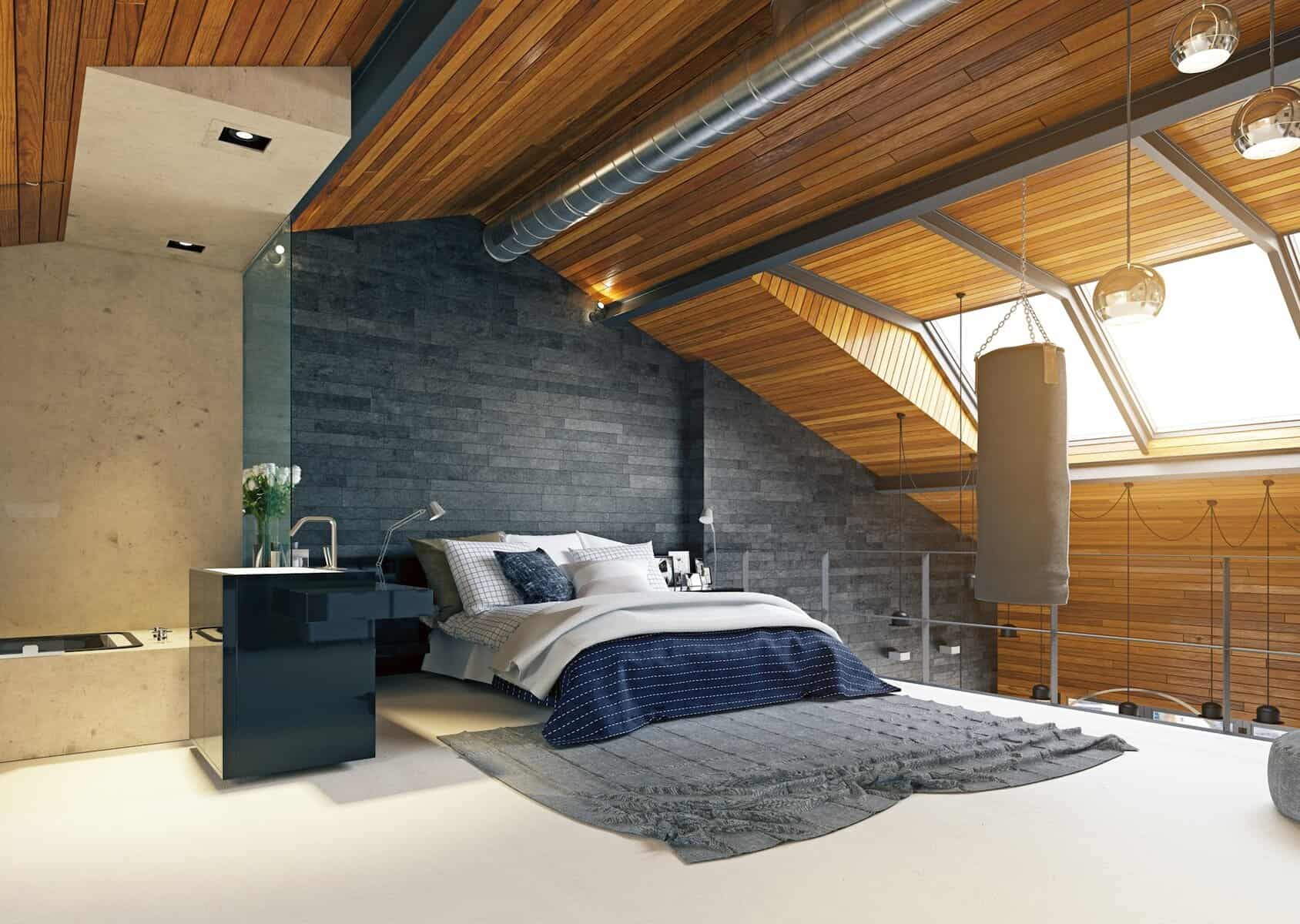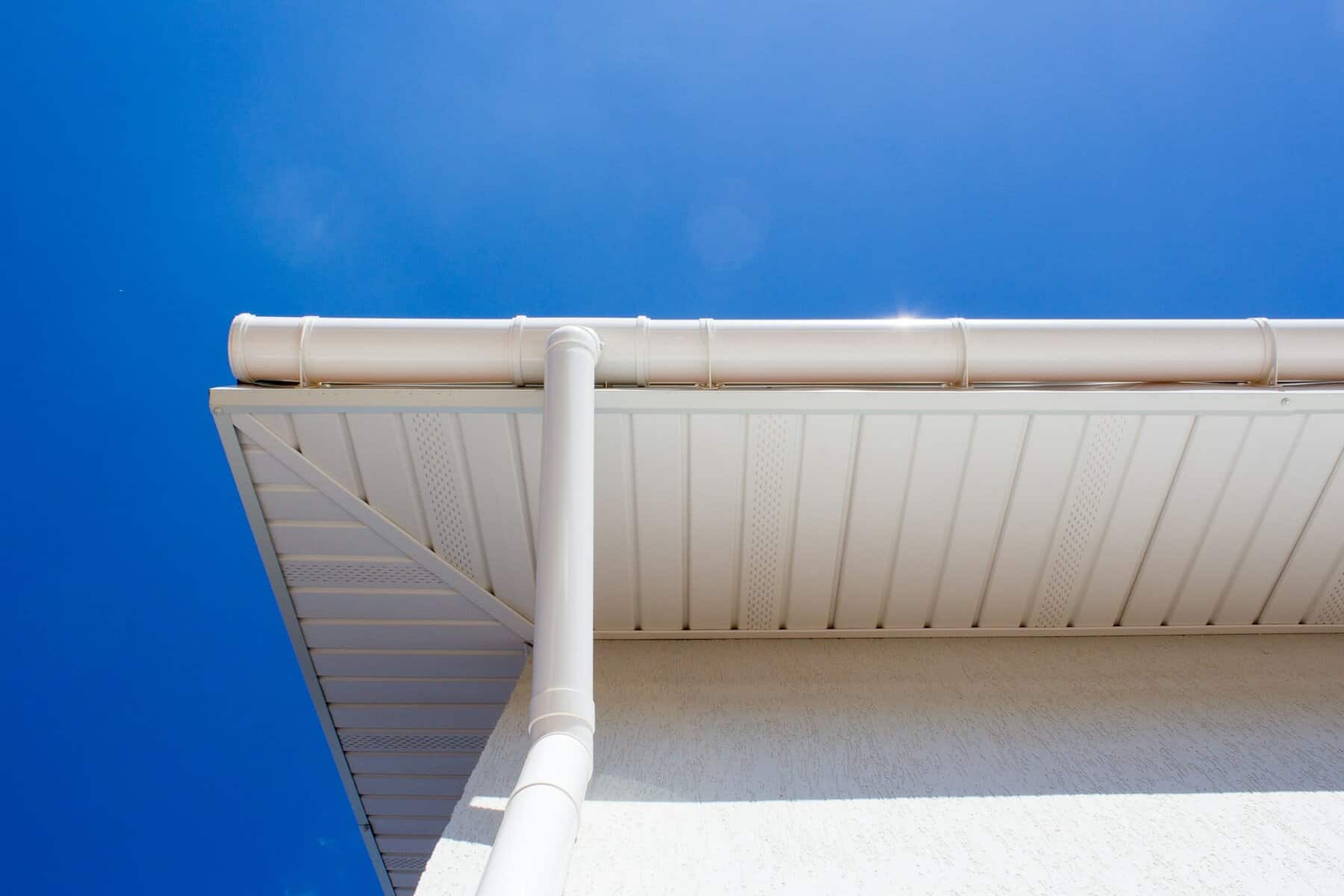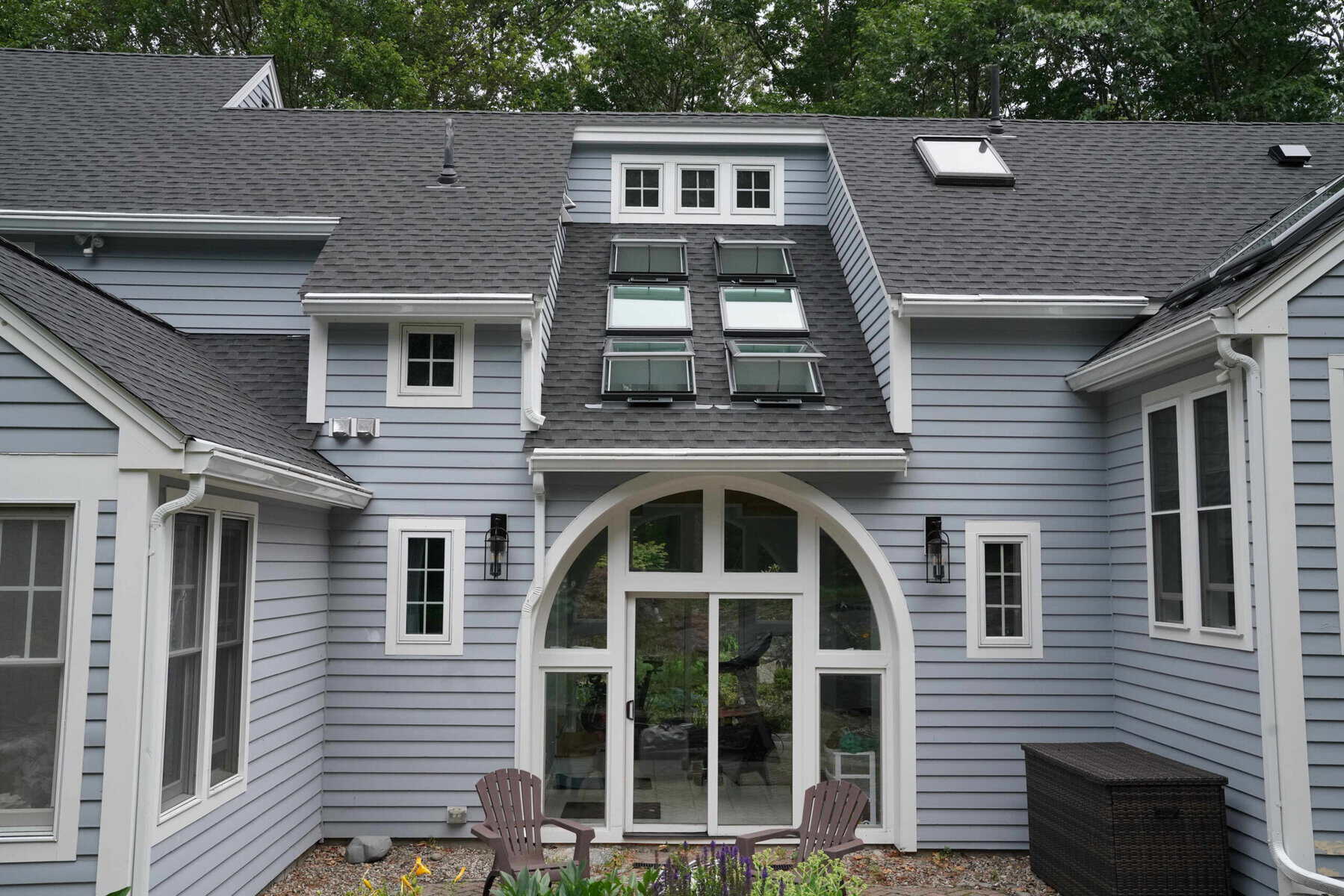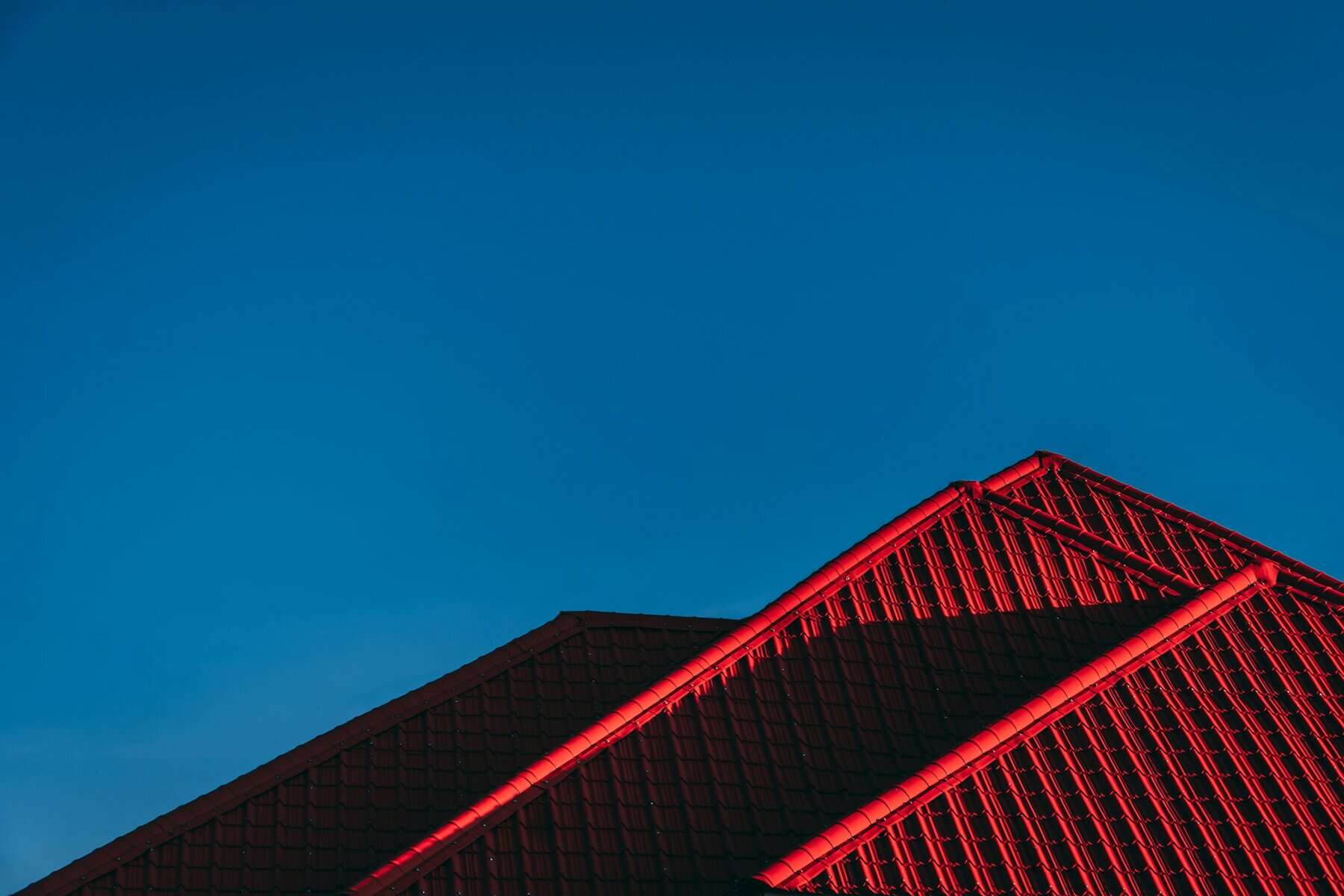A strong roof plays a big part in keeping homes safe through all of New Hampshire’s seasons. From heavy fall rains to snowy winter storms, there’s a lot your roof protects you from. But the only way to stay ahead of damage is by catching issues before they become expensive problems. That’s where a good roof inspection comes in. Knowing what professional inspectors are looking for can help you better understand the condition of your own roof and why checkups shouldn’t be skipped.
When a professional shows up to do a roof inspection, they’re not just glancing at shingles from the street. They’re trained to catch things most people wouldn’t even think to look for. The inspection covers every part of the system, from what’s above the roofline to what’s hiding under it. Let’s break down the areas they focus on and why each one matters for your home’s long-term protection.
Exterior Surface Inspection
The first thing most inspectors look at is the surface of your roof. It’s the part people notice most, but surface wear can be harder to spot than you’d expect. Especially if the damage is small or tucked behind a vent or pipe boot. The goal here is to catch the early signs of wear that could lead to leaks or larger damage down the road.
Here’s what pros typically check during this part of the inspection:
– Shingles: They look for cracked, curled, missing, or loose shingles. These are signs the roof is aging or has been damaged by wind, rain, or fallen debris.
– Moss or algae: These might look harmless at first, but growth traps moisture and can break down roofing materials over time.
– Flashing: These are the strips of metal you see around chimneys, skylights, or wall intersections. If there are gaps, cracks, or rust, water can start sneaking in.
– Seals around features: Vents, satellite dishes, and any roof piercing need tight seals. If they begin to pull away or dry out, they open the door to leaks.
A good example of what inspectors catch: in one case, a homeowner thought their roof was in great shape since it didn’t have any visible damage from the ground. But an inspector found a patch where shingles had started to lift, likely from strong wind gusts. Left alone, that spot could’ve turned into a leak once snow started to melt and pool on the roof.
By tackling these small issues early, inspectors help homeowners avoid bigger repairs. Even the best roofs are constantly battling the elements, so staying aware of how it’s holding up can make all the difference by the time late fall hits in New Hampshire.
Structural Assessment
After checking the roof’s outer surface, the next step is to assess the structure. This part goes a little deeper because not everything that threatens your roof is visible from above. The structural check helps uncover hidden flaws that could impact the overall shape and safety of the roof.
Inspectors usually focus on:
– Sagging: Any part of the roof that looks uneven or dipped could mean there’s trouble with the framing inside. This could come from too much weight over time or water weakening the materials.
– Decking condition: That’s the wooden base your shingles rest on. If it’s soft or shows signs of rot, repairs might be needed to keep everything sturdy and secure.
– Support system: Inspectors will look in the attic to make sure the supports and beams that hold up the roof are solid. Cracks, splits, or signs of movement could mean the roof isn’t as stable as it should be.
– Signs of leaks below the surface: Water damage in the attic can signal there’s a slow, hidden leak from above that hasn’t been spotted yet.
These types of problems are harder for a homeowner to notice without experience. That’s why a professional inspection is often the first time a sagging section or soft decking is even detected. Catching them early keeps repairs more manageable and prevents structural problems from spreading. For homes in NH, where snow buildup and freeze-thaw cycles are common, checking these areas before winter hits is especially important.
Gutter And Drainage System Check
Once the structure itself is reviewed, inspectors often move on to the roof’s drainage. Gutters don’t usually grab a homeowner’s attention until water is spilling over the edge. But this part of the system does a lot of behind-the-scenes work to keep your roof and home free from water damage. If rain and melting snow can’t flow away properly, it won’t take much to wind up with soaked siding or foundation problems.
During the inspection, drainage and gutter concerns may include:
– Clogs: Leaves, twigs, and even small animal nests can block up downspouts and gutters fast. These clogs force water to pool or spill in the wrong places.
– Leaks and holes: Inspectors watch for small cracks, rust spots, or loose seams that let water drip onto your siding or near the foundation.
– Granule buildup: If your gutters are lined with gritty, sand-like particles, your shingles might be wearing down faster than they should be. This can be an early warning sign it’s time for repairs or replacement.
– Tilt and pitch issues: When gutters aren’t sloped properly, water ends up sitting instead of draining. That can cause them to sag or pull away from the house.
– Downspout extensions: Inspectors also check where downspouts direct water. If it’s too close to your home, it raises the risk for water-related damage around your basement or crawl space.
In some homes we’ve seen in New Hampshire, fall leaves can pile up quickly in open gutters. If left unchecked, this mess becomes frozen slush when the temperature drops, making it harder for runoff to escape. The weight of that ice can even pull the system loose. A quick fix today during a professional inspection beats a full replacement later.
Attic And Interior Examination
Just because the roof is above your head doesn’t mean the working parts end there. What’s happening below, especially inside your attic, can tell a fuller story. Roof inspectors look for signs that water, air, or heat are moving through where they shouldn’t be.
This part of the inspection often covers:
– Moisture marks: Stains on attic joists, insulation, or walls could point to older leaks or ones still active. These damp areas create a perfect space for mold and mildew to grow.
– Ventilation: A poorly ventilated attic traps warm, moist air inside during cool seasons. This affects energy use and sets up conditions that speed up roof wear.
– Insulation: Missing or compacted insulation makes temperature control harder and invites ice dams during the colder months.
– Daylight peeking through: If sunlight can sneak into the attic, so can water, bugs, or cold air. These gaps are signs roof work might be needed.
Professionals also keep an eye out for bad smells, rodent droppings, or signs of past damage covered by paint or plywood panels. These clues give you a better idea of how your roof’s condition adds up overall. For New Hampshire homes, where moisture buildup during the fall and winter can be a big issue, checking the attic is just as important as checking the outside of the roof.
Keep Your Roof In Working Shape
Scheduling a roof inspection once a year, especially around late fall, isn’t just busywork. It’s a smart step that helps protect your home and wallet long term. Roof problems have a way of starting small and growing fast. A lifted shingle or clogged downspout might not seem like much now, but by the time snow begins to melt, it could lead to water making its way into your attic or walls.
A qualified inspector will look at how the shingles are aging, whether there’s damage forming under the surface, and how every part of your roof system is holding up. That includes gutters, chimneys, vents, flashing, and what’s happening on the inside too.
The bigger picture is peace of mind. Living in New Hampshire means prepping homes to handle snowy months, heavy rain, and temperature drops. Roofs that get regular, professional attention tend to last longer and perform better through the seasons. Whether you’re noticing an issue or just staying ahead of problems, a good inspection gives you the roadmap to make smart choices for your home’s care.
With the changing seasons in New Hampshire, ensure your roof stays in top condition by trusting professionals for an inspection. If you’re considering professional roofing services in NH to maintain your roof’s health and prolong its life, explore what J. Carnes & Son Roofing can do for you. Whether it’s routine checks or addressing specific issues, our team is here to keep your home safe and sound.

